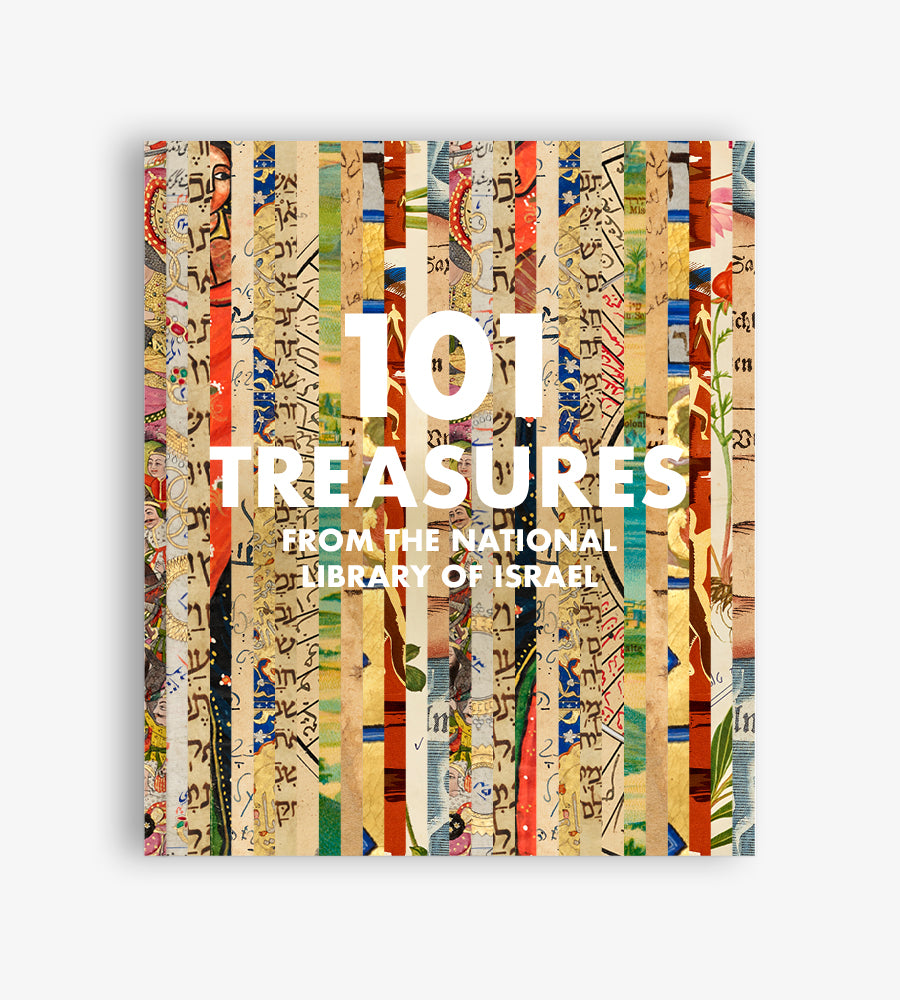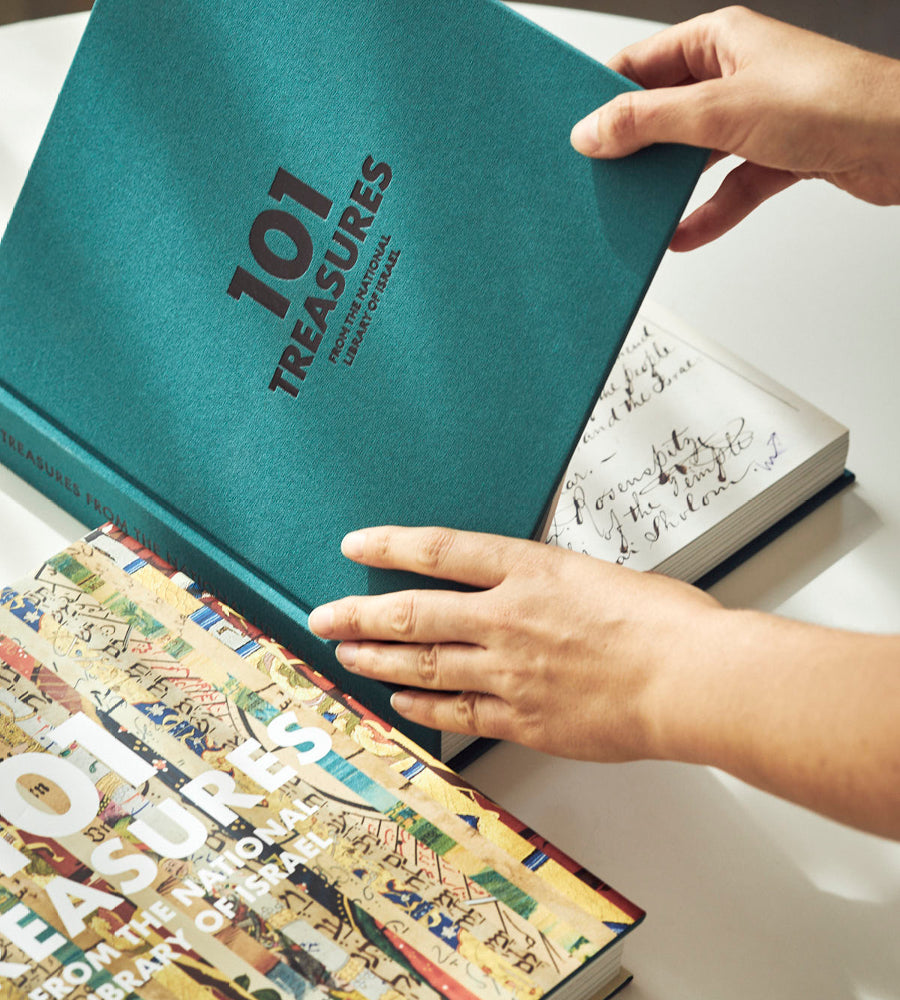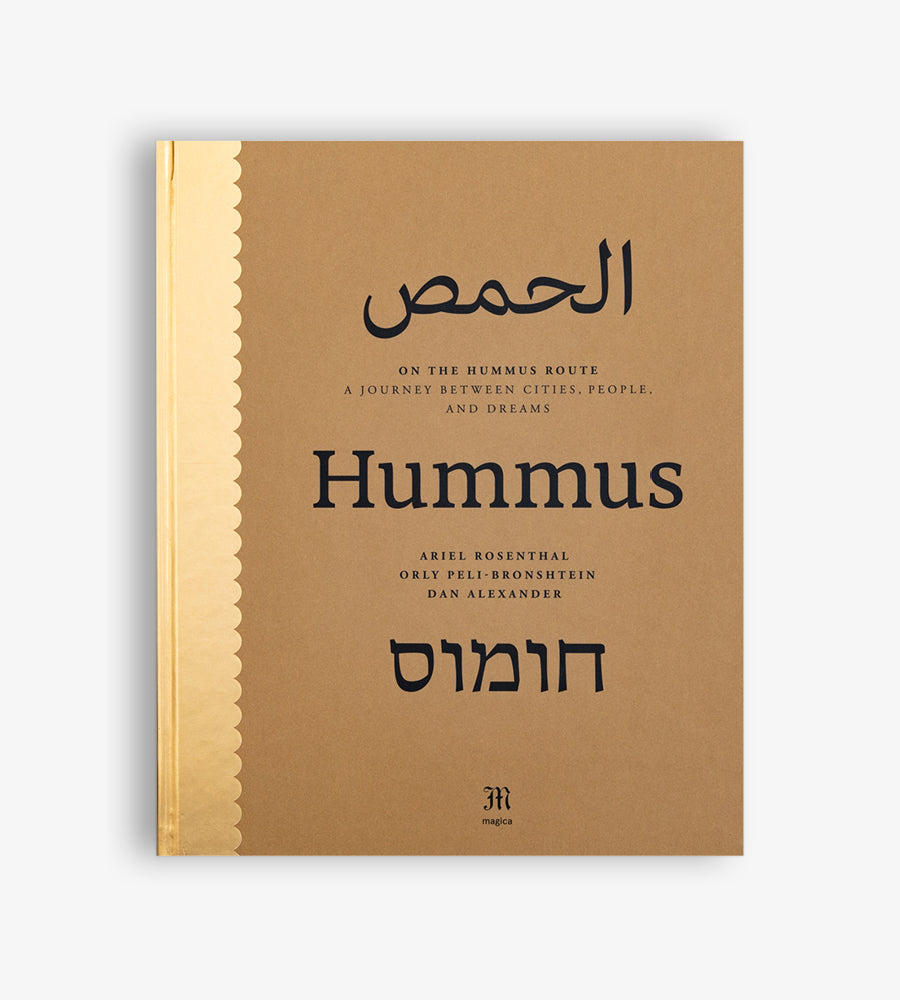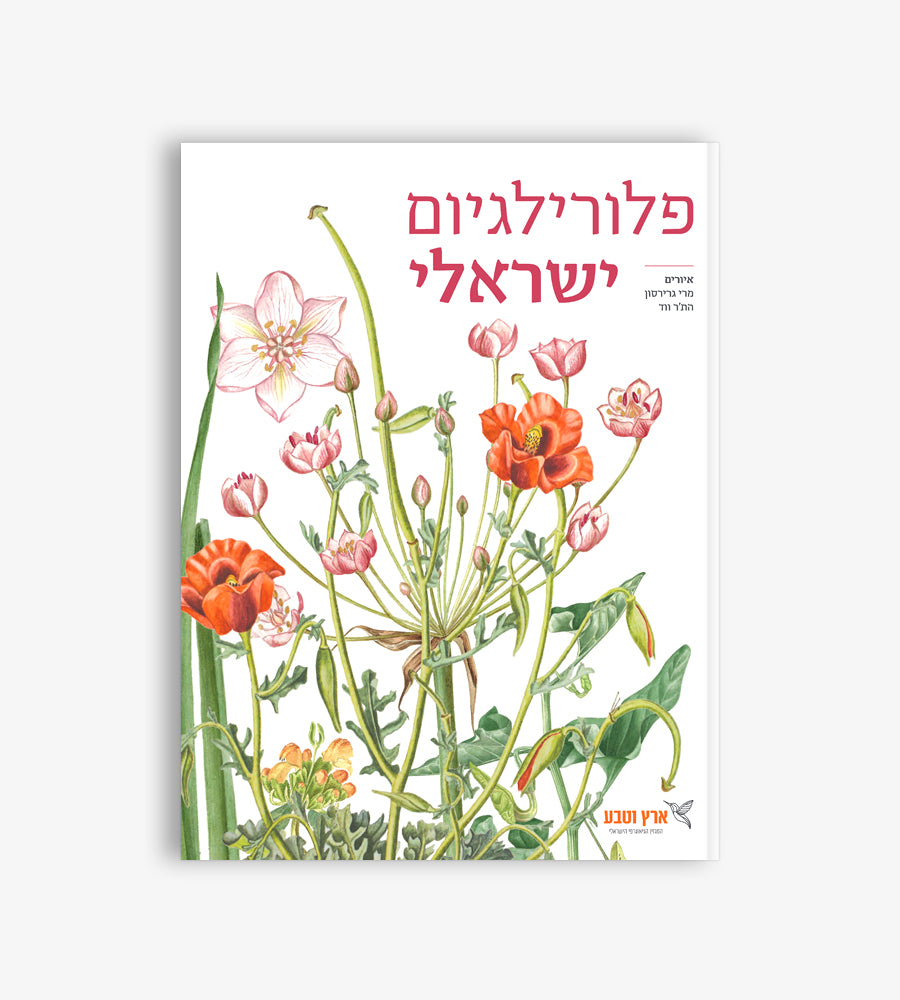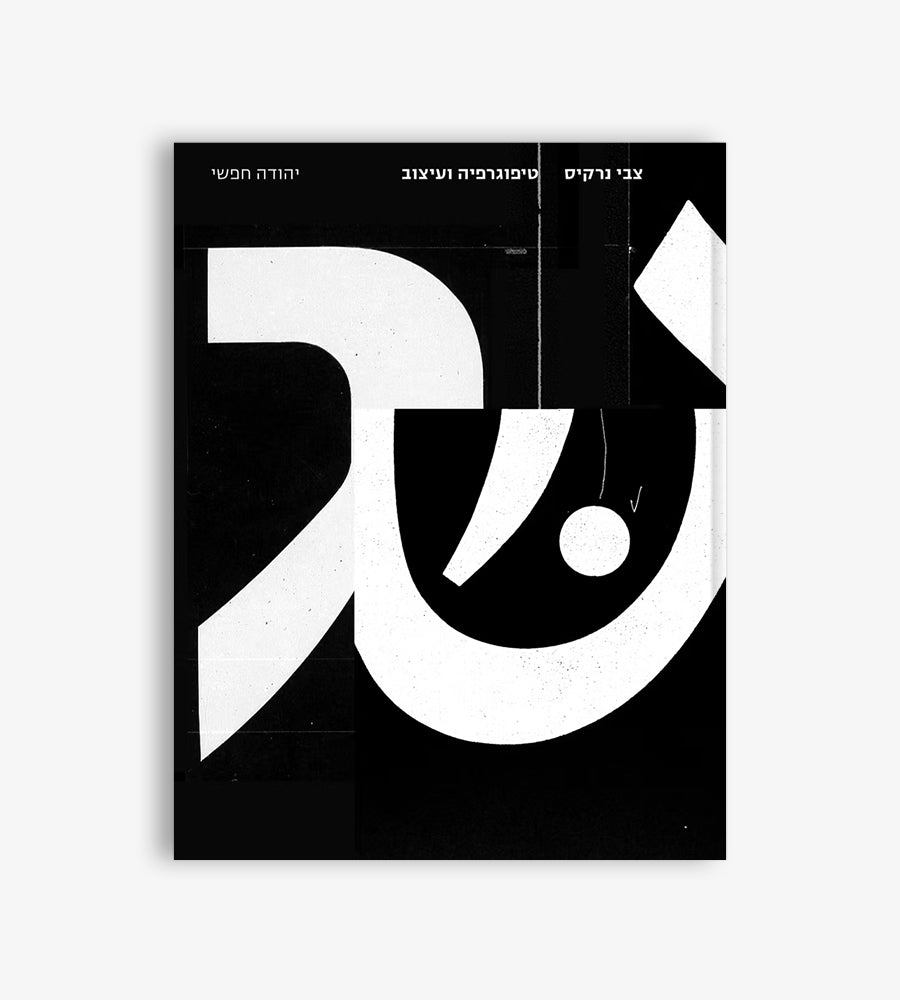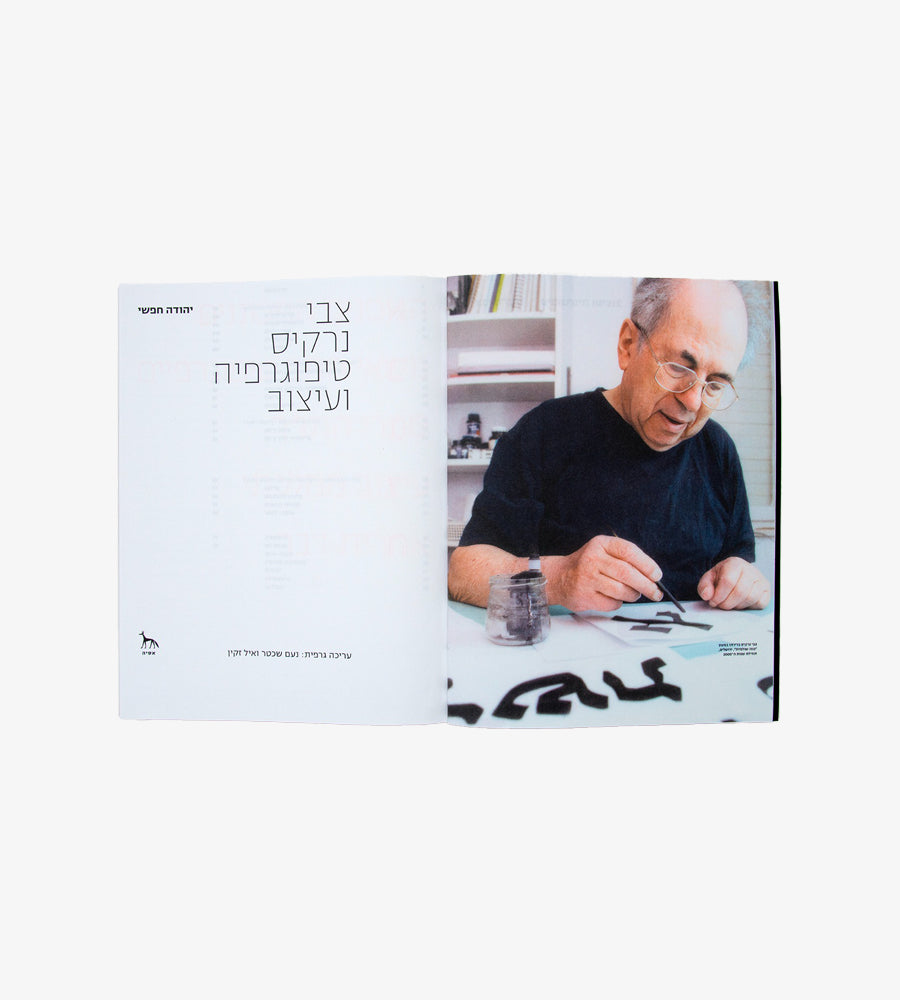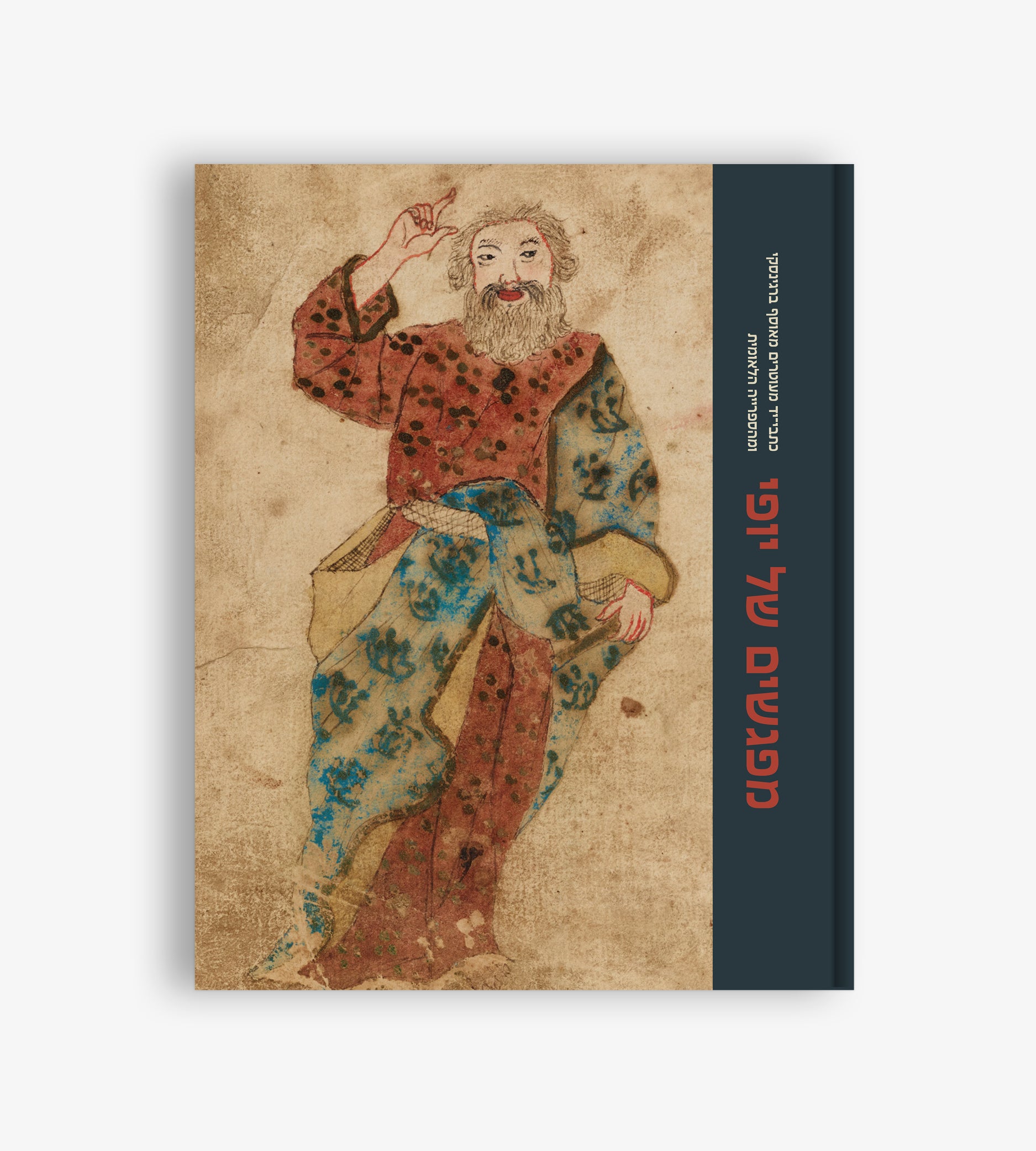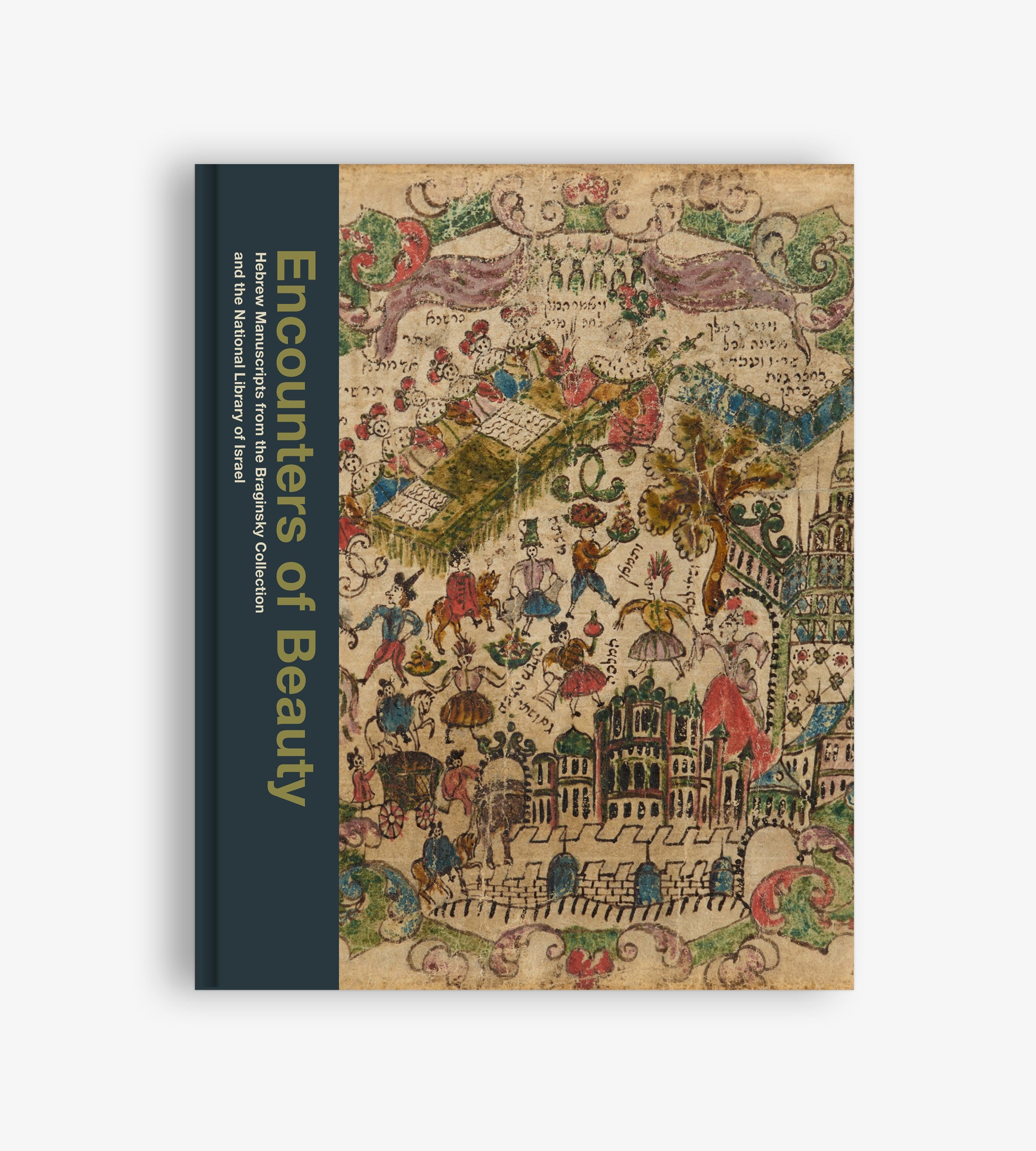Article: Prayer and Persecution
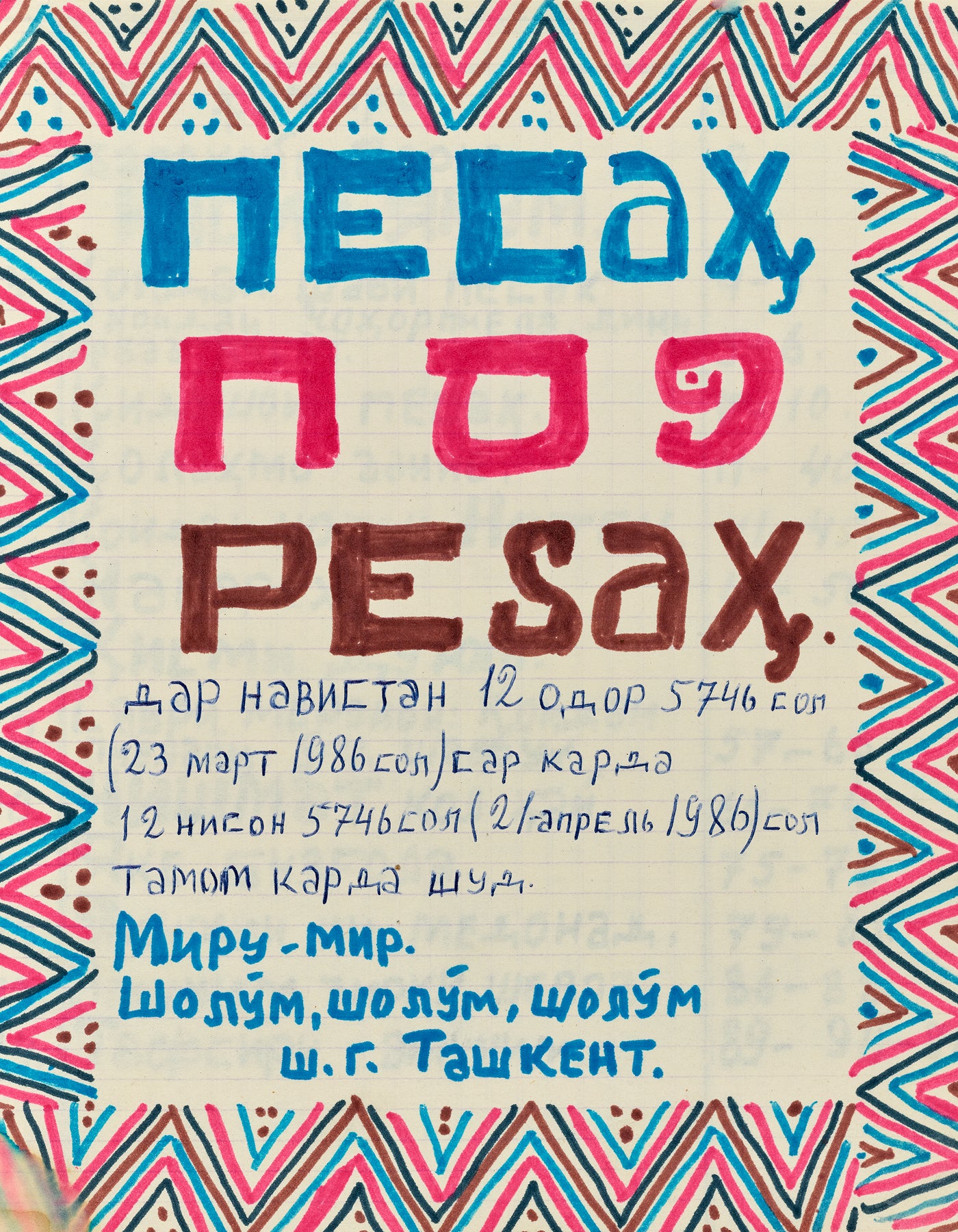
Prayer and Persecution
Olga Lempert

The deeply traditional Bukharan Jewish community, steeped in Jewish practice and the local dialect of Judeo-Persian, faced a deep crisis with the rise of Communism in the region in 1920. While these Jews held a profound commitment to tradition, observance, and scripture, the Soviet regime persecuted religion in general and Judaism in particular. Bukharan Jews could no longer freely teach their children tradition and Hebrew. It was primarily the older members of the community, who had grown up without Soviet oversight, who held on to the tradition.
In the 1980s, activists began to conduct underground Hebrew classes and even acquired a limited quantity of prayer books. But several generations had never been taught the Hebrew language or many aspects of the religion. When younger people felt a need to pray — perhaps upon the death of a religious parent or spurred by a renewed Jewish sentiment — they could not read the traditional liturgy in its original languages.
One solution was to transliterate the original prayers into the Cyrillic alphabet, which had been imposed by Soviet authorities, and to translate them into the Bukharan vernacular. A more knowledgeable community member could borrow one of the few prayer books and copy it by hand while adding translation and transliteration. Under these circumstances, the ancient and medieval tradition of the Jewish manuscript continued late into the modern period.
Such is the background of this manuscript prayer book with a Cyrillic transliteration and Bukharan translation from Tashkent, 1986 — just a few years before the Soviet Union was dissolved and Jewish communal organizations were allowed to reopen.


